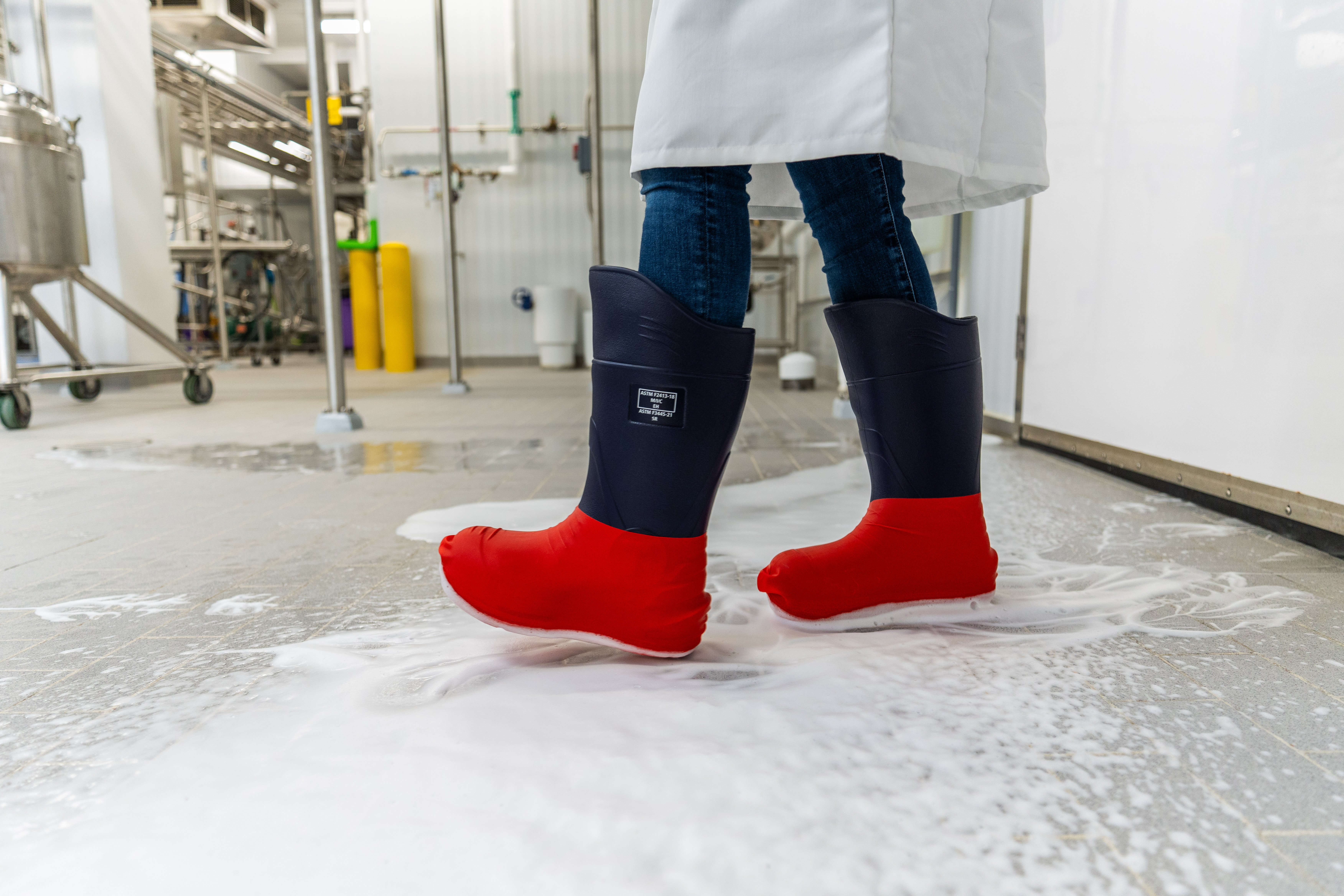 Streamline your waste management process by exploring our comprehensive Container & Liner Buying Guide. Selecting the right liner and container is crucial to overcoming common challenges, such as liners that are either too small, falling into the can, or too large, resulting in unnecessary expenses and wasted plastic. Our guide not only provides valuable insights into choosing the correct liner size for your container but also offers an extensive overview of various bag types. Dive into the importance of knowing your container size and understanding the applications of different plastics—Linear Low Density Polyethylene (HDPE) for smooth materials and Linear Low Density Polyethylene (LLDPE) for rough and sharp materials. Discover the significance of gauge thickness and the nuanced measurements of Mil and Micron in evaluating liner strength. Empower yourself with the knowledge contained in our guide to make informed decisions for efficient waste containment and disposal. Explore our range of containers and liners, ensuring you have the right tools for your waste management needs.
Streamline your waste management process by exploring our comprehensive Container & Liner Buying Guide. Selecting the right liner and container is crucial to overcoming common challenges, such as liners that are either too small, falling into the can, or too large, resulting in unnecessary expenses and wasted plastic. Our guide not only provides valuable insights into choosing the correct liner size for your container but also offers an extensive overview of various bag types. Dive into the importance of knowing your container size and understanding the applications of different plastics—Linear Low Density Polyethylene (HDPE) for smooth materials and Linear Low Density Polyethylene (LLDPE) for rough and sharp materials. Discover the significance of gauge thickness and the nuanced measurements of Mil and Micron in evaluating liner strength. Empower yourself with the knowledge contained in our guide to make informed decisions for efficient waste containment and disposal. Explore our range of containers and liners, ensuring you have the right tools for your waste management needs.
Choosing the correct liner and container for your application can help you alleviate issues like a liner that is too small and falls into a can. A liner that is too large hangs over the side of the trash can, which is wasted money and plastic.
Sized by gallon and length and width dimensions.
Sized to match specific cans. Resulting in less material and a lower cost. Correct sizing won't let bag fall into the can.
Require a specific stand. Unique design that allows bags to be as long or as short as wanted. Zip tie is used to close bottom of bag, and when it is time to change, another zip tie is added to close the top of bag and cut to start next bag.
Knowing what size your container is will better help you determine which size liner should be used. If the container gallon capacity is unknown, it can be easily identified by using a Trash Can Sizing Tape Measure. Contact a Product Specialist to request your complimentary sizing tape measure today!
There are two types of plastics used for trash can liners—linear low density and high density. Both have specific applications where they are more suitable.
Ideal for paper and non-sharp objects under standard transport conditions. Low tear resistance. Uses less plastic than Linear Low Density bags. Excellent dry and wet load capacity.
Provides an excellent combination of strength, puncture resistance and tear resistance. Ideal for sharp objects and where transport conditions are tough.
Mil: Term used in the measurement of Linear Low Density Liners. One mil is equivalent to 0.001-inches. Liners range from 0.35 to 4.0 mil.
Micron: Measurement of High Density Liners. 25.4 microns is the equivalent to 0.001-inches. Liners range from 6.0 to 24.0 microns.
Film thickness is not the only standard for judging bag strength. Advanced polymer blend formulations and unique additives allow for thinner, lighter trash bags that are stronger than thicker bags made from inferior polymer blends.
| Small Cans |
|
| Light | 6-9 Mic |
| Mid-Size Cans | |
| Medium | 10-12 Mic |
| Heavy | 13-14 Mic |
| Larger Cans | |
| Extra Heavy | 15-17 Mic |
| XXH | 18-22 Mic |
| Small Cans |
|
| Light | 0.30-0.49 Mil |
| Medium | 0.50-0.60 Mil |
| Mid-Size Cans | |
| Heavy | 0.61-0.74 Mil |
| Extra Heavy | 0.75-0.80 Mil |
| Super Tuf | 0.81-1.0 Mil |
| Larger Cans | |
| Super Heavy | 1.1-1.2 Mil |
| XXH | 1.3-1.9 Mil |
| XXXH | 2.0-3.0 Mil |

December 10, 2025
What is OSHA's Regional Emphasis Program (REP) for the food manufacturing industry? The OSHA Regional Em...

December 8, 2025
There is a fundamental connection between worker safety and food safety: A failure in worker safety can ...

December 1, 2025
Nelson-Jameson understands that efficiency and worker safety are equally important goals in food manufac...